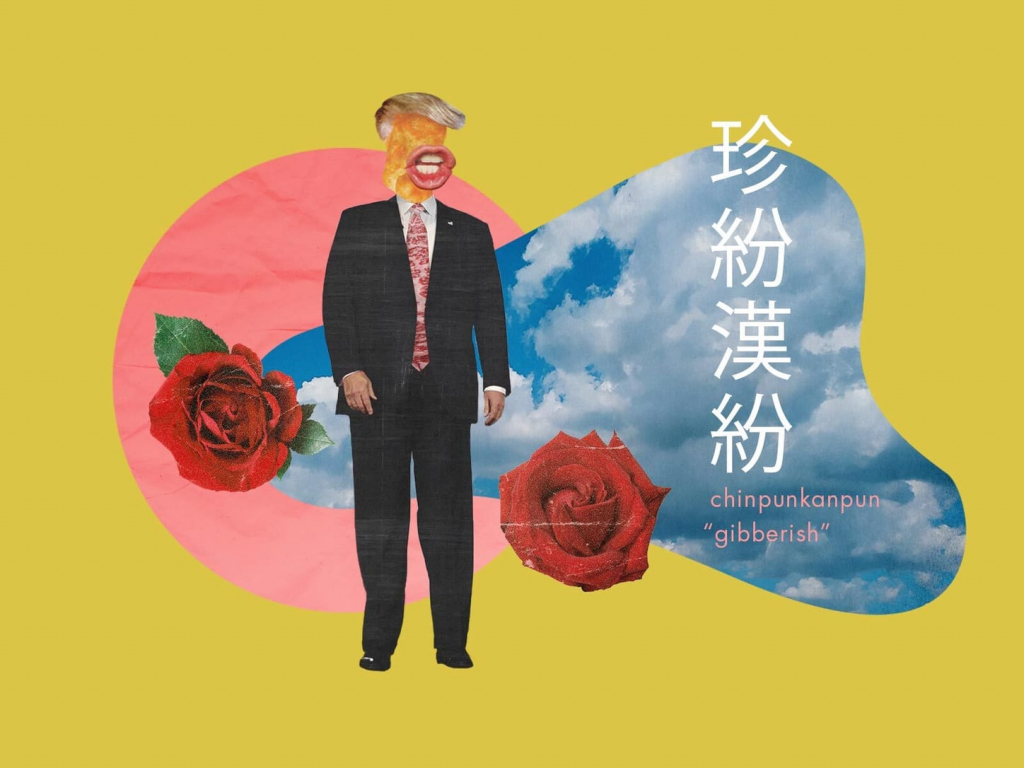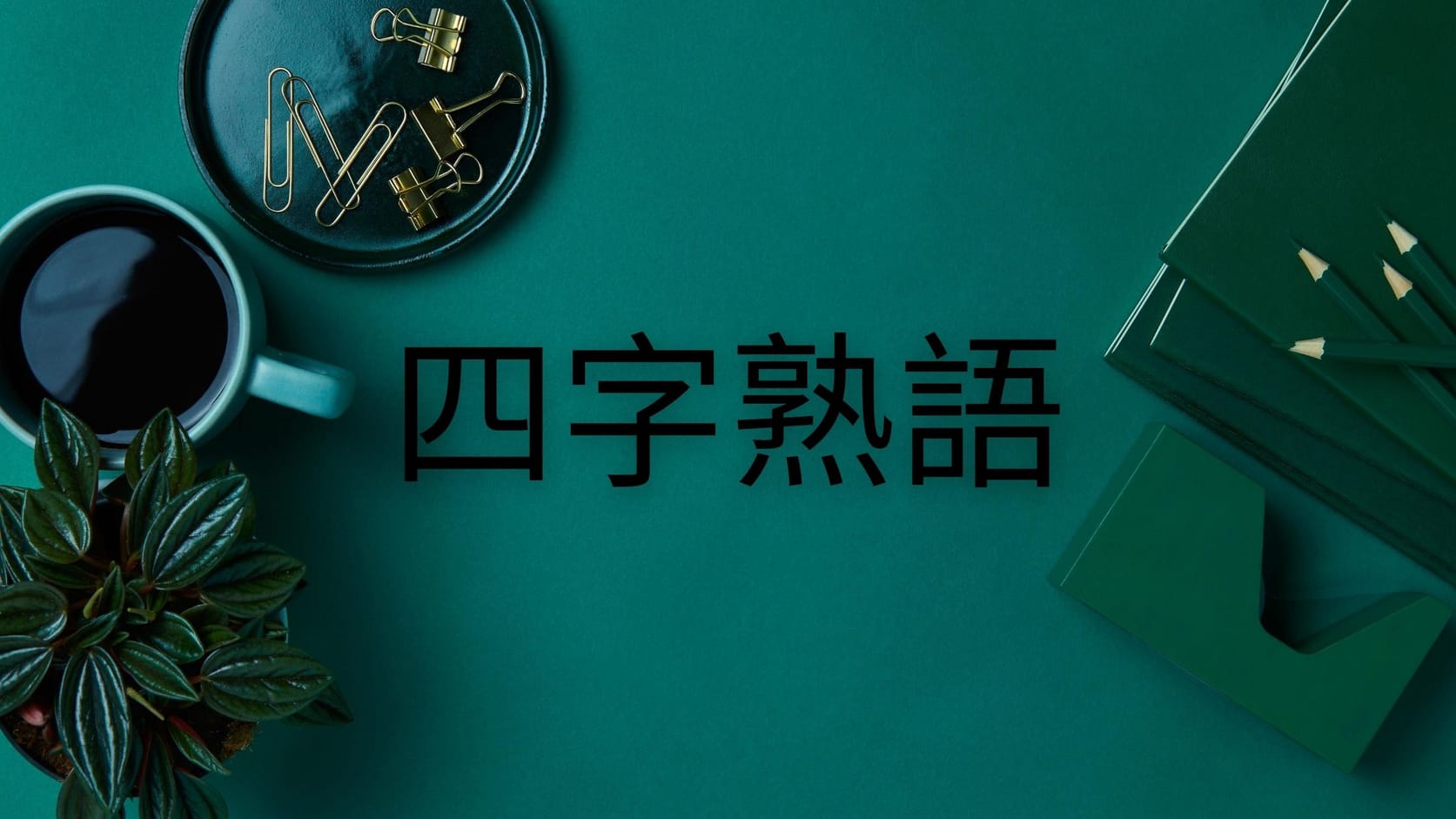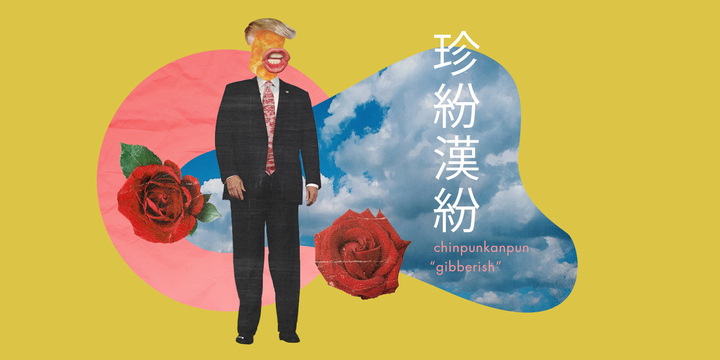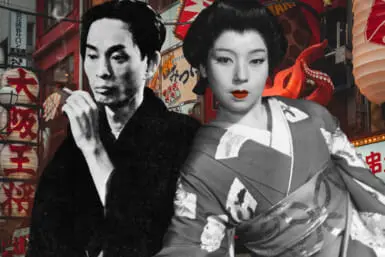Most Japanese learners will come across yojijukugo at some time or another. These four-character compounds can seem intimidating at first — that’s a lot of kanji in one go — but once you have a few under your belt, they can make your life in Japan a lot easier. But, first things first: let’s take a deep dive into what these mysterious collections of kanji are and why they’re useful.
What are Yojijukugo?
In their most basic sense, yojijukugo are simply compounds consisting of four Japanese characters. Even the term describing them (四字熟語) is, conveniently, a four-character compound. How’s that for nice and tidy? Unfortunately, it’s not always that simple.
These collections of four characters are often (but not always) idioms, which means that there isn’t always an apparent link between the individual kanji characters themselves and the meaning they portray together as a group. In the strictest measure of a yojijukugo, phrases such as 交通安全 (kotsu-anzen-road safety), while technically a four-character compound, does not constitute a “traditional” idiomatic yojijukugo. However, for Japanese learners, every useful word or character is valuable, so from here on, we’ll be using the very loosest definition of yojijukugo: If it has four characters combined together, it’s good enough for us.
Why learn Yojijukugo?
The question is: why not learn yojijukugo? But since being facetious isn’t going to get us anywhere, let’s start with some concrete reasons:
- There are thousands of them
There are an estimated 4,000 to 10,000 yojijukugo in the Japanese language (depending on the parameters used to define them) and possibly even more.
- Your Japanese peers will be impressed
Most Japanese people learn hundreds, if not thousands, of them in their school years. Some of the older idiomatic ones may not be so useful in daily life, but they will be impressed if you know how and when to use them. Consider it a superpower of sorts.
- It’s a form of sessa takuma
That’s spelled out as 切磋琢磨 — cultivating your character by studying hard. See, you’ve already learned a handy one right here.
Weekly Yojijukugo
As with idioms in other languages, many are connected to stories or historical events, which is why we’ve started a weekly four-character compound series. Every week, we’ll be adding to your four-character compound vocabulary with a new set of idiomatic and non-idiomatic phrases to add to your burgeoning Japanese skills.
But even if you consider yourself a yojijukugo master, we still hope that we’ll cover some that you don’t already know. There are, after all, tens of thousands of them. Alternatively, you can share some of your favorites with us, too. We’d love to hear which ones you love (or hate) and why.
If you feel pretty confident with your yojijukugo knowledge, test your skills with this flash game. Mix and match kanji characters to create multiple four-character compounds before moving to increasingly difficult levels.
Weekly Idiom: Chinpunkanpun
Let’s start our idiom odyssey with a complicated but useful yojijukugo. Chinpunkanpun is usually written in hiragana or katakana but can also come in no less than three kanji compounds. For our purposes, we’ll focus on the most common kanji compound.
Meaning: Gibberish, gobbledygook, double Dutch, unintelligible language, mumbo jumbo, something incomprehensible
Literal translation and kanji breakdown: The “fun” thing about chinpunkanpun is that its kanji compound is similar to its meaning — gibberish. 珍紛漢紛, when broken into two parts, literally means “rare powder” and “China or Chinese powder.” Other ways of writing it include 珍糞漢糞 and 陳奮翰奮. It can also be shortened to chinpunkan, then usually written in hiragana.
Chinpunkanpun: The Origins
So why is a word meaning gibberish also gibberish? While there is no concrete evidence, there are two theories: one involves some borrowing and the other a little bit of xenophobia. What etymologists agree on is that the word originated — or at least was in common use — during the Edo period.
The first theory suggests that Confucian scholars, eager to share their wisdom with common folk, would give lectures on their ideas. The Tokugawa Shogunate pushed Neo-Confucianism to help get the masses under control. Unfortunately, the scholars would preach in Japanese but would use Chinese readings (on-yomi) of kanji characters, making it impossible to understand for most of the uneducated, common people. They responded in kind by heckling back the word “chinpunkan,” a shortened version of chinpunkanpun. As to why they said this, no one is sure, but most likely, it was to do a mocking imitation of Chinese.
Theory number two suggests that the term came straight from Mandarin Chinese, as chinputon means not understanding something you heard, and kanputon means not understanding something you’ve seen. However, given the term originated in the Edo period meant opportunities to meet Chinese people and be influenced by them were few. Chinese merchants traded in Nagasaki, but their influence would not have been widespread.
Using Chinpunkanpun in a Sentence
Here are a few examples of how you can use this word in a sentence. Simply replace the word in bold to another of your choice and you’ll get it right.
- 量子物理学は私にはちんぷんかんぷんだ。
Ryoshirigaku wa watashi ni wa chinpunkanpun da.
Quantum physics is Greek to me.
- 先生が言っていることは、いつもちんぷんかんぷん。
Sensei ga itteiru koto wa itsumo chinpunkanpun.
The teacher always talks gibberish.
- トランプ大統領の珍紛漢紛な発言にもううんざりだ.
Trump daitoryo no chinpunkanpun na hatsugen ni mo unzari da.
I’m tired of President Trump’s gibberish.
Share your own chinpunkanpun example in the comments below.
Want more? Follow our weekly Yojijukugo Japanese Idiom series, published every Friday.











